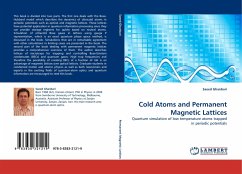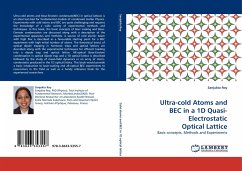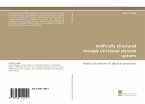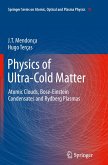In this book we discuss how to exploit strong correlations among ultracold atoms in order to create novel, exotic quantum states. In the first two chapters, we devise dynamical out-of-equilibrium preparation schemes which lead to intriguing final states. Most importantly, we propose to create the elusive supersolid state via a quantum quench protocol. Supersolids - quantum hybrids exhibiting both superflow and solidity - have been envisioned long ago, but have not been demonstrated in experiment so far. Our proposal to create a supersolid state is perfectly accessible with current technology and may clear the way to the experimental observation of supersolidity. Furthermore, we propose to use bosons featuring conditional-hopping amplitudes in order to create Abelian anyons in one-dimensional optical lattices. We derive an exact mapping between anyons and bosons via a "fractional" Jordan-Wigner transformation. We suggest to employ a laser-assisted tunneling scheme to establish themany-particle state of "conditional-hopping bosons", thus realizing a gas of Abelian anyons. The fractional statistics phase can be directly tuned by the lasers.








